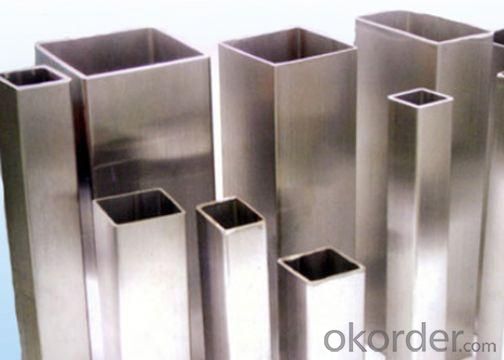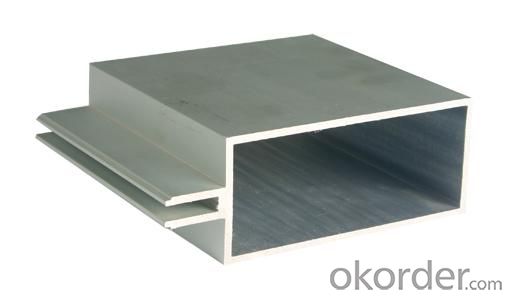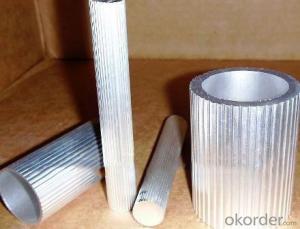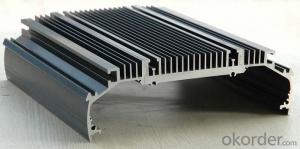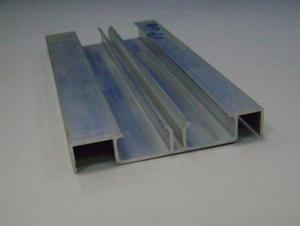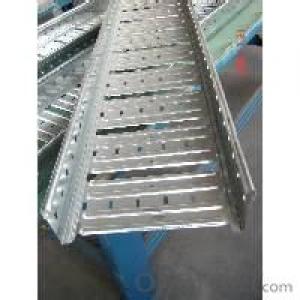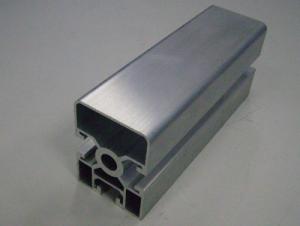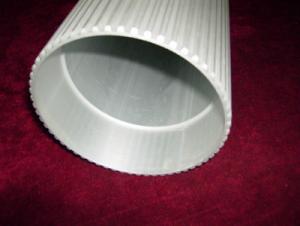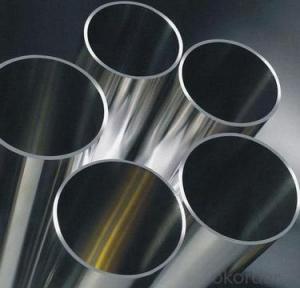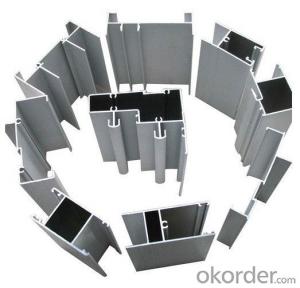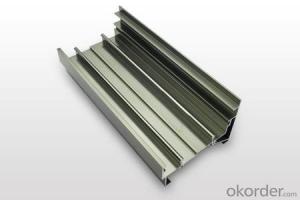Aluminum Extrusion Profiles - Aluminum Square Tube Profile
- Loading Port:
- China Main Port
- Payment Terms:
- TT OR LC
- Min Order Qty:
- -
- Supply Capability:
- -
OKorder Service Pledge
OKorder Financial Service
You Might Also Like
Specifications
Management Certification: ISO 9001:2008
Temper: O,F, H112,T4,T5,T6 and T8
Hardness: according to the alloy status
Specifications
1Aluminum alloy tube :AA3003/MOD/3005MOD/4343/7072/4104 etc
2,Temper: H14/24 etc.
3,For Radiator/Inter/oilcoolerEvaporator etc
1. Aluminum tube material for intercooler:
AA3003/3003+Zn/3003MOD/3004/3005/3005MOD/7072/4343/+zn/4045/+zn/4104/4004,etc
Per customer special requirement
Core alloy & Clad Alloy
3. Thickness Range:0.8mm≤T≤1.7MM (per customer special req.)
4.Width Range:10mm≤W≤1380mm
Product/Service (We Sell): | Aluminum coil, Aluminum foil, Aluminum plate non-cladded or cladded alloy) for
|
6. Packaging:
Per customer special requirement
Mark brazing side/non-braze side, water side
Clockwise /anticlockwise, eye to sky/eye to horizon
Cutting with paper core/aluminum core/steel core
Seaworthy Wooden Pallet standard; aluminum coils
- Q: Can aluminum profiles cross Luo? Why is the appearance of an aluminum profile component of a Japanese original machine extremely close to that of Luo Luo? Why? Why?
- The company since its establishment, relying on preferential policies, the local government to adhere to the people-oriented, development of the concept of Societe Generale, seek survival by quality, rely on the brand to expand the market, seize the opportunity, innovation, build a pragmatic and efficient, solidarity of the modern enterprise team.Luoyang is located in the Central Plains, is a famous industrial base, its energy and resource advantages, a strong industrial base, research institutes everywhere, has created favorable conditions for the development of the aluminum industry of new and high technology, coupled with the current domestic and foreign aluminum demand is far greater than the output of this special factors, provides a good opportunity for the more the project, the project prospects for a broader market.
- Q: This question asks for methods to prevent aluminum profiles from rusting during the storage and transportation phases.
- <p>To prevent rusting of aluminum profiles during storage and transportation, follow these steps: 1. Keep the profiles dry and clean, avoiding contact with moisture and corrosive substances. 2. Store them in a cool, dry place, away from direct sunlight and heat sources. 3. Use protective packaging, such as plastic wrapping or anti-corrosion paper, to shield the profiles from moisture and contaminants. 4. Ensure proper ventilation in storage areas to prevent condensation. 5. Avoid stacking profiles directly on the ground; use pallets or racks to elevate them and allow air circulation. 6. Regularly inspect the profiles for signs of corrosion and address any issues promptly. By implementing these measures, you can significantly reduce the risk of rusting during storage and transportation.</p>
- Q: What kind of self tapping screw can attack aluminum profile?
- Self tapping screws are used for connecting between thin metal plates. When connecting to the connecting piece for the threaded hole, then tapping screws into the threaded hole of the connecting piece. Because of the self tapping screw thread surface has higher hardness (more than 45HRC), the attack a thread in the threaded hole of the connecting piece, thereby forming a connection.Aluminum material than steel soft, generally in accordance with GB screws can be of aluminum, is recommended to hit bottom hole in the needed position.The following is the national standard for self tapping screws:GB/T15856.1-2002 cross recessed countersunk head tapping screws, material: 20Mn 15MnBGB/T15856.2-2002 cross recessed countersunk head drilling self tapping screw, material: 20Mn 15MnBGB/T15856.3-2002 cross recessed semi countersunk head drilling self tapping screw, material: 20Mn 15MnB
- Q: What are the advantages of utilizing recycled aluminum in construction projects in terms of environmental impact?
- <p>Using recycled aluminum profiles in construction offers significant environmental benefits. It conserves natural resources by reducing the need for mining bauxite, which is the primary source of aluminum. This reduction in mining decreases habitat destruction and soil erosion. Additionally, recycling aluminum requires significantly less energy compared to producing it from raw materials, which cuts down on greenhouse gas emissions and reduces the overall carbon footprint. Furthermore, the use of recycled aluminum helps in waste management by diverting materials from landfills, thereby reducing pollution and the environmental burden of waste disposal.</p>
- Q: Can aluminum profiles be used in elevator or escalator systems?
- Yes, aluminum profiles can be used in elevator or escalator systems. Aluminum profiles are lightweight, durable, and corrosion-resistant, making them suitable for various applications, including the construction of elevator and escalator components. Aluminum profiles can be used for the structural framework, handrails, cladding, and other parts of an elevator or escalator system. Additionally, aluminum profiles can be easily customized and fabricated to meet the specific requirements of each project. Their versatility, strength-to-weight ratio, and aesthetic appeal make aluminum profiles an excellent choice for elevator and escalator systems.
- Q: This question asks for a description of the various dimensions and forms of aluminum profiles that are utilized in siding systems.
- <p>Aluminum profiles for siding systems come in a variety of sizes and shapes to accommodate different architectural styles and structural requirements. Common profiles include flat bars, channels, angles, and Z-profiles. Sizes can range from narrow trims of 10mm to wide panels of over 200mm in width, with thicknesses typically from 0.5mm to 3mm. Shapes are designed for specific functions, such as interlocking for a seamless appearance, or with grooves for attaching insulation. Custom profiles are also available for unique applications. These profiles are chosen based on the building's design, load-bearing needs, and aesthetic preferences.</p>
- Q: This question asks for methods to guarantee the quality and reliability of purchased aluminum profiles.
- <p>To ensure the quality and reliability of aluminum profiles, first, check the supplier's reputation and certifications. Request third-party quality certifications such as ISO 9001. Inspect the profiles for uniformity in thickness and straightness. Look for any defects like cracks or inclusions. Test the hardness and strength of the aluminum. Ensure the profiles meet the required specifications for your application. Request samples for testing before bulk purchase. Lastly, consider the supplier's after-sales service and warranty policies.</p>
- Q: How do aluminum profiles resist corrosion?
- Aluminum profiles have a natural resistance to corrosion due to the formation of a protective oxide layer on their surface. When exposed to oxygen in the air, aluminum reacts and forms a thin layer of aluminum oxide. This oxide layer acts as a barrier, preventing further oxidation and corrosion of the metal underneath. The oxide layer is tightly bonded to the aluminum surface, making it extremely durable and resistant to environmental elements such as moisture, chemicals, and UV radiation. Additionally, aluminum profiles can be further enhanced with various surface treatments such as anodizing or powder coating, which provide an additional layer of protection against corrosion. These treatments not only enhance the aesthetic appeal of the profiles but also improve their resistance to corrosion, making them suitable for a wide range of applications in various industries. Overall, the natural oxide layer and the ability to apply additional protective coatings make aluminum profiles highly resistant to corrosion, ensuring their longevity and durability in different environments.
- Q: How do aluminum profiles compare to other materials used for construction and manufacturing?
- Construction and manufacturing can benefit greatly from the use of aluminum profiles due to their numerous advantages. Firstly, the lightweight nature of aluminum makes it more manageable and cost-effective in terms of handling and transportation. This can lead to significant savings during the construction or manufacturing processes. Moreover, the corrosion-resistant properties of aluminum profiles make them perfect for outdoor applications and environments with elevated moisture levels. Their durability also means that they have a longer lifespan compared to materials like wood or steel, resulting in reduced maintenance and replacement needs. In addition to their practical benefits, aluminum profiles offer great versatility in terms of design and customization. They can be easily shaped and molded into various forms and sizes, enabling greater flexibility in architectural or manufacturing designs. Furthermore, aluminum profiles can be effortlessly joined together using different methods such as welding or mechanical fastening, facilitating efficient assembly and construction processes. From a sustainability standpoint, aluminum is an incredibly recyclable material, and aluminum profiles can be recycled without any loss in quality or strength. This makes them an environmentally-friendly option as they contribute to waste reduction and energy conservation. However, it is important to acknowledge that aluminum profiles may have certain limitations compared to other materials. For instance, aluminum is not as strong as steel, which may restrict its use in applications requiring high structural integrity. Additionally, the initial cost of aluminum profiles may be higher than that of materials like wood or plastic. Nevertheless, when considering the long-term benefits and advantages, aluminum profiles often prove to be a favorable choice for construction and manufacturing projects.
- Q: Is it possible to utilize recycled aluminum extrusions in a construction project to lessen the environmental footprint?
- <p>Yes, using recycled aluminum extrusions in your building project can significantly reduce environmental impact. Recycled aluminum requires less energy to produce compared to new aluminum, reducing greenhouse gas emissions. It also conserves natural resources by decreasing the need for mining. Additionally, incorporating recycled materials can contribute to a project's sustainability goals and potentially qualify for green building certifications, enhancing the building's marketability and appeal.</p>
Send your message to us
Aluminum Extrusion Profiles - Aluminum Square Tube Profile
- Loading Port:
- China Main Port
- Payment Terms:
- TT OR LC
- Min Order Qty:
- -
- Supply Capability:
- -
OKorder Service Pledge
OKorder Financial Service
Similar products
Hot products
Hot Searches
Related keywords



